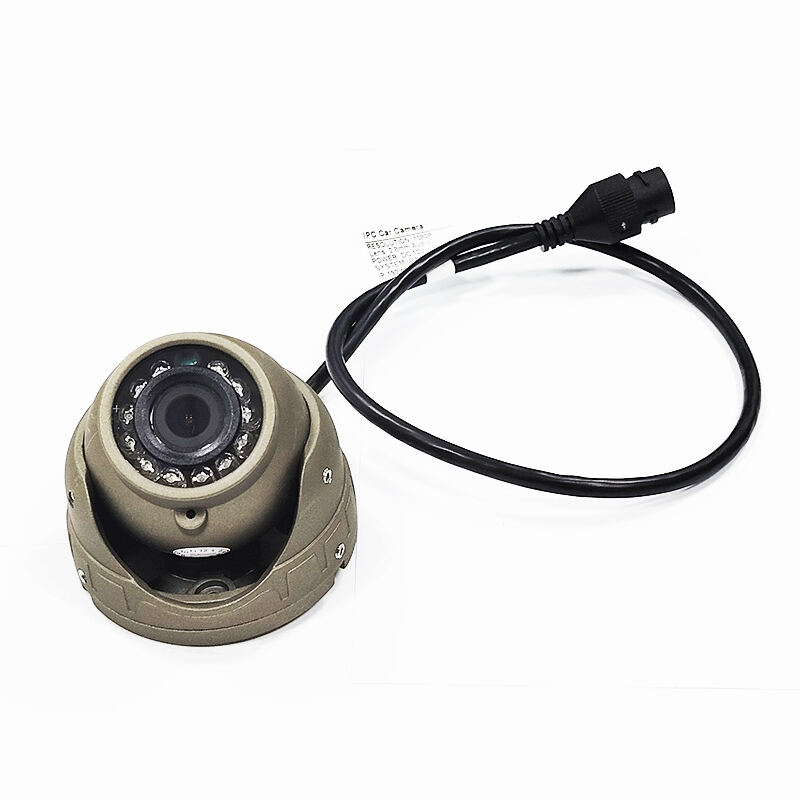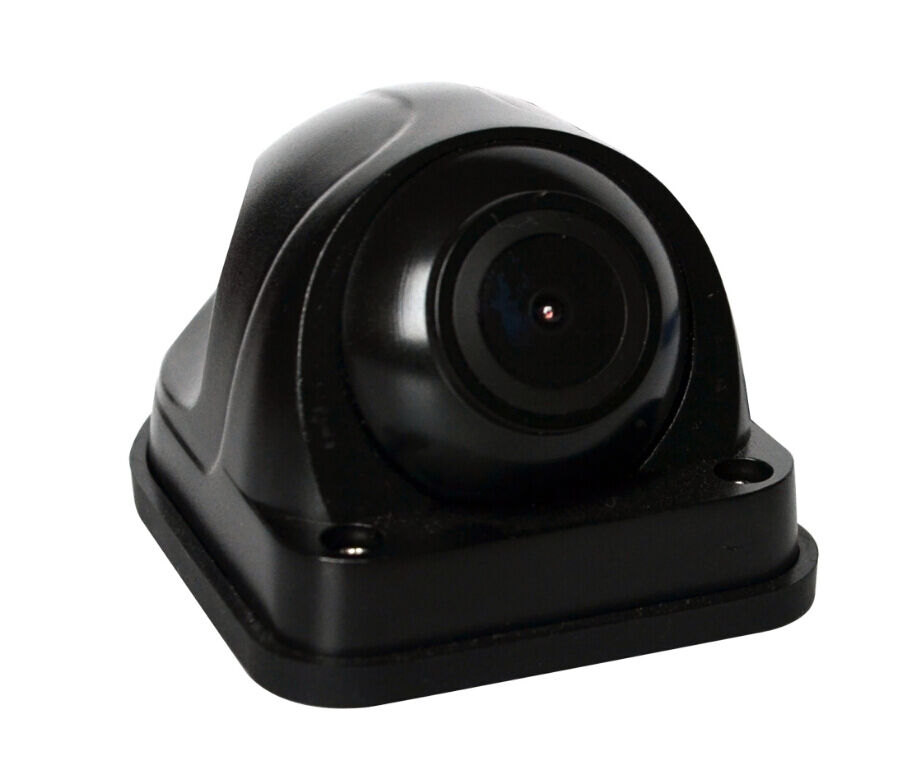Enhancing Driver Awareness with Rearview Technology
As vehicle safety continues to evolve, the integration of advanced technologies plays a critical role in preventing accidents and improving the overall driving experience. One innovation that has gained widespread popularity and proven its value across the automotive landscape is the backup camera. Also known as a rearview camera or reversing camera, a backup camera enhances visibility and helps drivers make safer decisions when navigating in reverse. This feature, once considered a luxury, is now increasingly standard in both new and aftermarket vehicles due to its practical safety benefits.
Visibility Improvements in Reverse
Reducing Blind Spots
A backup camera significantly minimizes blind spots directly behind the vehicle. Traditional mirrors provide limited visibility, especially when dealing with low-lying obstacles or pedestrians. Backup cameras offer a wide-angle view of the area behind the vehicle, ensuring that drivers can detect objects they would otherwise miss. This makes reversing safer in both residential and high-traffic environments.
Enhancing Low-Light Reversing
Many backup camera systems are equipped with night vision or low-light capabilities. This is especially beneficial for drivers who park in poorly lit areas or drive frequently at night. The camera provides a clearer picture of surroundings even when ambient lighting is minimal, further increasing driver confidence and accuracy when backing up.
Safety for Pedestrians and Pets
Preventing Accidents in Driveways
Driveways are a common site of back-over accidents involving small children or pets. A backup camera allows drivers to monitor their surroundings in real time, reducing the risk of such tragic events. The presence of a backup camera makes it easier to confirm that the path is clear before proceeding.
Supporting Urban and Residential Driving
In crowded urban or suburban neighborhoods, pedestrians may cross behind a vehicle without the driver realizing. A backup camera enables faster response times by displaying real-time visuals, giving drivers the information they need to stop or adjust course before a collision occurs.
Better Parking and Maneuvering
Assisting with Parallel Parking
Parallel parking can be challenging, particularly in tight spaces. A backup camera helps by providing a precise view of the curb and surrounding vehicles. Some systems include guiding lines that adjust as the steering wheel turns, allowing for better alignment and reduced chances of bumping other cars.
Simplifying Garage and Lot Parking
When parking in garages or crowded lots, a backup camera adds another layer of spatial awareness. Drivers can better judge distances between walls, poles, or other cars, reducing the risk of minor scrapes or dings. The ability to park confidently is especially useful for new or less experienced drivers.
Technological Integration
Pairing with Parking Sensors
Backup cameras often work alongside ultrasonic parking sensors to provide comprehensive feedback. While the camera shows visual details, the sensors alert drivers with audible tones based on the proximity of obstacles. This dual system provides a more complete picture and minimizes reliance on visual judgment alone.
Display and Interface Options
Modern backup camera systems feature high-resolution displays, sometimes integrated into the dashboard infotainment system or rearview mirror. These displays may also support split-screen or top-down views, enhancing overall visibility. Touchscreen interfaces make adjusting the display settings more intuitive and user-friendly.
Benefits for All Vehicle Types
Suitable for Small and Large Vehicles
Whether you're driving a compact car or a large SUV, the backup camera adds value. Smaller cars benefit from improved precision, while larger vehicles gain enhanced visibility that compensates for their increased blind spots. This adaptability makes backup cameras a useful addition to any vehicle size.
Useful in Commercial and Fleet Vehicles
Backup cameras are particularly beneficial in delivery trucks, vans, and other commercial vehicles. These vehicles often have limited rear visibility and operate in busy environments. A backup camera not only improves safety but also increases operational efficiency by reducing the time spent on cautious maneuvering.
Legal and Insurance Considerations
Regulatory Support for Camera Use
In many regions, backup cameras have become a legal requirement for new vehicles. These regulations underscore their recognized value in enhancing road safety. Vehicle owners who install backup cameras in older models may also find that their cars are more compliant with modern safety expectations.
Potential Insurance Benefits
Some insurance providers may offer discounts for vehicles equipped with backup cameras. By reducing the likelihood of minor collisions and property damage, these devices help lower overall risk profiles. This not only protects drivers and their vehicles but also translates into potential cost savings over time.
Customization and Aftermarket Options
Wide Range of Models
Backup cameras are available in a variety of configurations, from wireless units to those integrated with factory systems. This flexibility allows drivers to choose a solution that fits their specific needs and budgets. Whether upgrading an older car or enhancing a new one, there are numerous options on the market.
Easy Installation and Maintenance
Many backup camera systems are designed for easy installation, either professionally or through DIY kits. Maintenance is typically minimal, requiring occasional lens cleaning and system checks. The durability of modern units ensures long-term functionality with little user intervention.

Psychological and Emotional Benefits
Reducing Driving Anxiety
Driving in reverse can be a source of anxiety for many drivers, especially in tight or crowded spaces. A backup camera provides an added sense of security, making it easier to approach these situations with confidence. This peace of mind can make daily driving more enjoyable.
Encouraging Safer Driving Habits
Using a backup camera encourages drivers to adopt safer habits, such as checking surroundings more thoroughly and relying less on guesswork. Over time, this increased awareness can translate into overall improved driving behavior.
Environmental Awareness and Impact
Decreasing Vehicle Emissions
Efficient parking and fewer reverse maneuvers mean less time with the engine idling. This contributes to a slight reduction in fuel use and emissions, especially in urban areas where parking is a frequent task. While the impact is modest, every bit of efficiency helps support environmental goals.
Promoting Smarter Urban Design
As backup camera systems become more common, city planners and developers can design parking areas with tighter tolerances and more efficient layouts. These innovations support greater use of limited space without compromising safety.
FAQs
Are backup cameras standard in all new vehicles?
In many countries, backup cameras are now a legal requirement for all new vehicles. However, it's still worth verifying the inclusion when purchasing a new car.
Can I install a backup camera in an older car?
Yes, there are many aftermarket backup camera options available that are compatible with older vehicles. Installation is generally straightforward and affordable.
Do backup cameras work in the rain or snow?
Most backup cameras are weather-resistant and perform well in various conditions. However, it's important to keep the lens clean for optimal visibility.
Are backup cameras reliable at night?
Many modern backup cameras come with night vision or infrared capabilities, making them highly effective in low-light situations.
Table of Contents
- Enhancing Driver Awareness with Rearview Technology
- Visibility Improvements in Reverse
- Safety for Pedestrians and Pets
- Better Parking and Maneuvering
- Technological Integration
- Benefits for All Vehicle Types
- Legal and Insurance Considerations
- Customization and Aftermarket Options
- Psychological and Emotional Benefits
- Environmental Awareness and Impact
- FAQs


